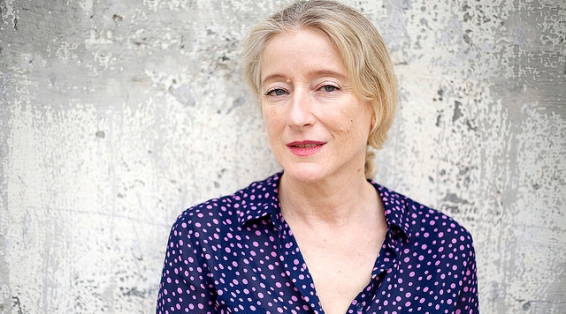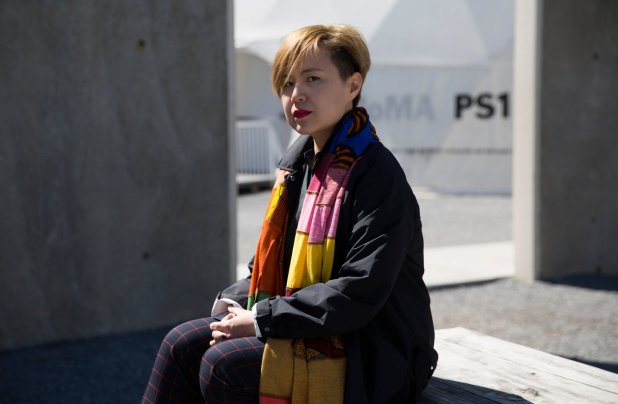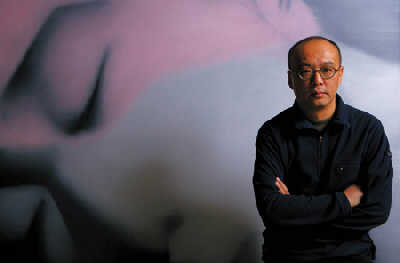#AusReadingMonth 2019 Madeleine O’ Dea

- Author: Madeleine O’Dea
- Title: The Phoenix Years
- Published: 2016
- Genre: non-fiction (Current Affairs & Politics)
- Trivia: 2017 Shortlist The Nib Award AU
- Trivia: 2017 Longlist The Walkley Book Award AU
- List of Challenges 2019
- Monthly plan
- #AWW2019 @AusWomenWriter
- #AUSReadingMonth 2019 @ BronasBooks
- #NonFicNov
Madeleine O’Dea:
- Madeleine O’Dea is a journalist and foreign correspondent.
- She has been an eyewitness for over 30 years to the rise of China.
- She has witnessed the explosion of China’s contemporary art.
Introduction:
- Madeleine O’Dea tell us the personal stories
- of nine contemporary Chinese artists.
- The Phoenix Years shows how China’s rise unleashed creativity
- and sparked tensions between the individual and the state.
- The book reveals…
- the difficult compromises artists and others
- have to make …to be citizens in modern China.
Artists:
- The artists in this book were reared in the post-Mao Zedong era.
- They are known to avoid the overly political themes of previous generations.
- They concentrate on merging classical Eastern modes of art-making
- …with contemporary issues.
What makes this book so unique?
- Ms. O’Dea explores how the
- …past weighed down on China
- …and what is happening now
- …in modern China (muscular government).
- But she does this while investigating the question:
- “Where were the artists in all this?
Strong point: I was introduced to many contemporary Chinese artists:
Huang Rui (1952) (plays a prominent role in this book)
- Huang experienced firsthand the Cultural Revolution (1966–76).
- As a teenager, he was sent from Beijing to Inner Mongolia
- to work on a farm under Mao Zedong’s reeducation campaign.
- Upon Mao’s death in 1976, which led to the end of the revolution,
- the political climate loosened and a wave of cultural ferment swept the nation.
- He experimented with Impressionist, Cubist and Fauvist styles.
- Stars (group of artists) disbanded in 1984, with several of its
- practitioners moving overseas.
- Huang, who married a Japanese woman the same year,
- then entered the first of two periods of self-exile in Japan.
- He didn’t return to Beijing to settle down permanently until 2002.

Cao Fei (1978)
- She Cao taps into popular culture and draws from
- classic arcade games to show how the notion of escapism.
- She was born in 1978 in Guangzhou on the
- Pearl River and the manufacturing center of China.
- She grew up absorbing the various influences
- that flooded her hometown and focused on
- creating art that examined China’s economic boom.

Guo Jian (1961)
- He migrated to Australia in 1992 working as a house painter, brickie.
- Today the National Gallery of Australis, GOMA and White Rabbit are among
- the Australian institutions that have collected his work.
- Guo Jian has been creating photographs he took in China on the piles of
- rubbish that are obliterating the landscape of his youth. (Rubbish Culture)

Zhang Xiaogang (1958)
- He is a Chinese symbolist and surrealist painter.
- He is famous with his Bloodline series, where mostly monochromatic,
- stylized portraits of Chinese people are presented as
- part of the artist’s exploration of the ‘family’ concept.
- He reconciles China’s choppy recent history in art
- …and is one of the most important painters working in China today.
- Here is a great link “Zhang Xiaogang explained in 5 paintings“

Conclusion
- Ms O’ Dea’s book combines information about
- Chinese economic transformation
- and what was happening in private lives.
- Core message: how closely intertwined process of artistic
- …and economic awakening were for China.
- I had difficulty following all the names
- mentioned until I discovered that at the
- end of the book is glossary of all artists.
- Look at their photographs b/c it is
- easier to follow if you can connect a name to a face.
- The book pivots in chapter 6!
- The narrative is more personal and
- we follow Ms O’Dea back to China in 1993.
- She shares what she feared she would find.
Last thoughts:
- This book was amazing.
- Once I discovered the structure of the narrative
- it was all smooth reading.
- Ms O’Dea introduces the artists in chapters 1-5
- and we meet them again 20 years
- later at the end of the book.
- Buckle up for a wonderful ride
- …through modern China that you don’t find on Wikipedia!
- #Bravo
3 Comments
Post a comment

This is new-to-me Nancy. It sounds marvellous.
It was just enthralling….so many great artists in China
…and I’ve never heard of them.
That is why reading is SOOO important….it opens up so many
new doors! Reading now about QLD and environmental issues (Carmichael Coal Mine).
This links into a just released clip van SBS (Aus News)…about firechiefs demanding urgent change with respect to climate change in Aus policy. Bush fires are only getting worse…I wonder if PM Scott Morrison is listening?
No because today, apparently is not the time to talk about. Today we talk about thoughts & prayers for people affected by the fires. But we can’t talk about anything that might have been a contributing factor to the fires. Cause now is not a time to do politics!!!!
Trouble is there never seems to be a good time to talk about it with any of our politicians.